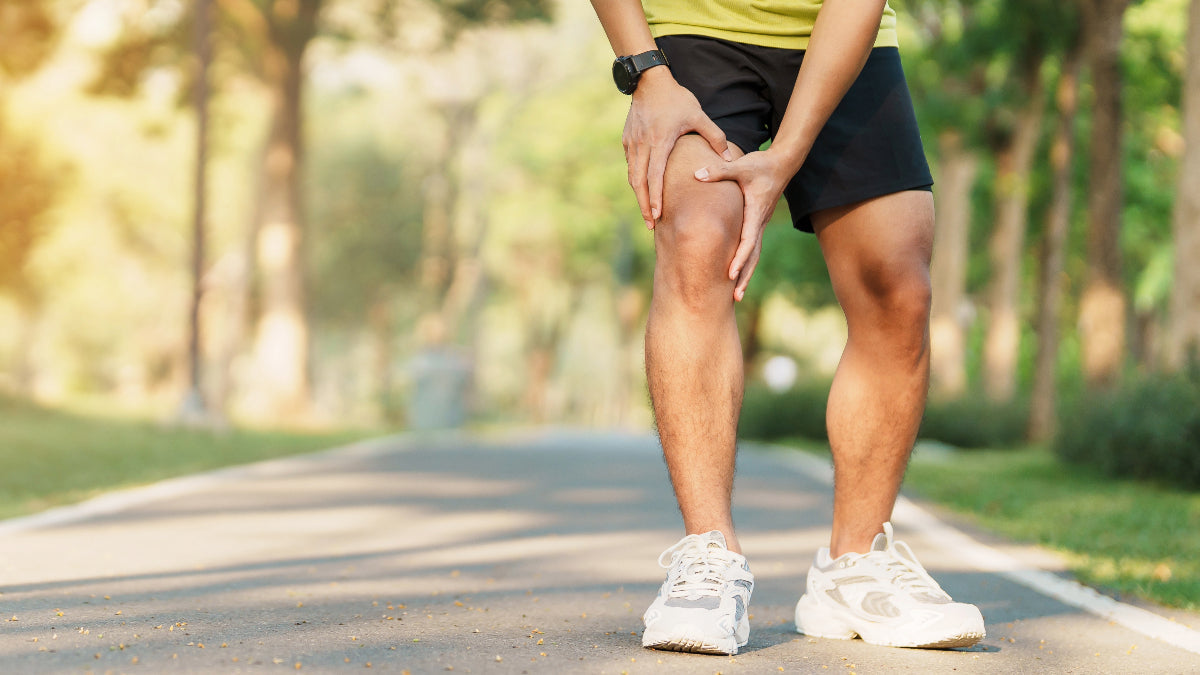Osteoarthritis is the most common joint disease worldwide. It causes more disabilities in older people than any other disease. Between 10 and 15% of people worldwide are affected, in Germany around 20% of the population - that corresponds to around 15.4 million people affected.
What is osteoarthritis?
In osteoarthritis, the joint cartilage is damaged and cannot be repaired or replaced. This alters and potentially damages the underlying bone. Osteoarthritis is rare in young people under the age of 30, but as we get older, the joints become more prone to wear and tear. Theoretically, all joints in the body are at risk of osteoarthritis, but those that are particularly at risk are those that are subjected to high stress.
How does osteoarthritis manifest itself?
The first warning sign of osteoarthritis is so-called morning pain, joint pain during exertion and joint swelling. There is no point in resting the affected joints or not moving them, as exercise is considered an integral part of osteoarthritis treatment. Experts have found that exercise stimulates cartilage metabolism and improves cartilage nutrition and care. In addition, the inflammatory process in the joint is inhibited and the overall progression of osteoarthritis is slowed down. This can delay the installation of an artificial joint. Exercise is now an integral part of the treatment of osteoarthritis.
Which exercise is recommended for osteoarthritis?
It is important to keep the joints moving and therefore more mobile. To achieve this, it makes sense to incorporate enough exercise into your everyday life. This simply means: stairs instead of elevators or bicycles instead of cars. If you already do sports or want to start doing so, it is advisable to make sure that your joints are not put under excessive strain. Sports that involve a high risk of injury are not recommended. It is best not to make sudden or abrupt changes in direction. Above all, it is important that the sport is adapted to the needs and enjoyment of each individual.
The German Society for Sports Medicine and Prevention (DGSP) recommends the following ten golden rules: [1]
- Consult your doctor before exercising.
- Begin your exercises with a sense of proportion: start slowly and gradually increase the intensity.
- Avoid excessive exertion in sports.
- Plan for proper recovery after exercise.
- Break from sports if you have a cold or illness.
- Prevent injuries and allow them to heal.
- Adapt sport to the climate and environment.
- Maintain proper nutrition and hydration.
- Adapt exercise to age and medication.
- Sport should be fun!
Joint-friendly sports:
- Ride a bike
- To swim
- Nordic walking
- Pilates
- Boating
- yoga
- Hike
- Water aerobics
The ideal would be 30 minutes of physical exercise per day with an excess of oxygen, in the so-called aerobic range. It's easy to determine whether you belong to the aerobic category: while walking or running, you can easily talk to your partner without feeling out of breath.
Sources:
[1] https://www.dgsp.de/seite/375183/zwei-goldene-rules.html


